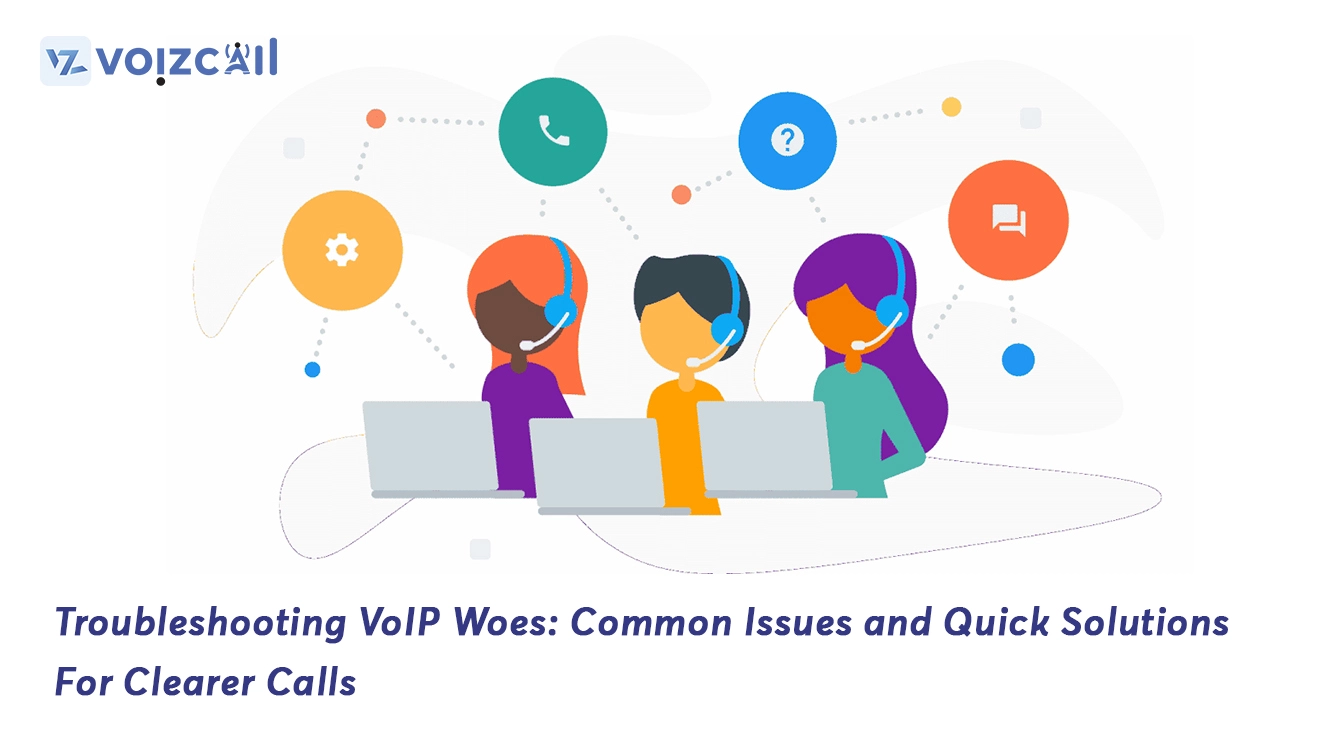


22/Jan/2024
In the realm of Voice over Internet Protocol (VoIP), the promise of seamless communication can sometimes be disrupted by common issues. Understanding these challenges and having quick solutions at hand is crucial for ensuring clear and uninterrupted calls.
1. Echo Problems: Unveiling the Source
Echoes during VoIP calls can be irksome and impact the quality of communication. The primary culprit is often audio feedback caused by the microphone picking up the voice from the speaker. To address this, consider using headphones or adjusting the microphone sensitivity settings.
2. Dropped Calls: Navigating Connectivity Challenges
Dropped calls can be a result of poor internet connectivity. To troubleshoot, check your internet connection speed and ensure you are not running bandwidth-intensive applications simultaneously. If the issue persists, contacting your internet service provider may be necessary.
3. Audio Lag: Tackling Latency Head-On
Audio lag, where there's a delay between speaking and hearing, can be a common concern. This is often related to latency issues in the network. Closing unnecessary applications, using a wired connection, or upgrading your internet plan can help minimize audio lag.
4. Jittery Audio: Addressing Packet Loss
Jitter refers to variations in the delay of received packets, resulting in uneven audio. Packet loss can occur due to network congestion. To resolve this, consider increasing your internet speed, using Quality of Service (QoS) settings on your router, or opting for a more reliable internet connection.
5. Poor Audio Quality: Adjusting Codecs and Settings
Sometimes, poor audio quality is linked to the chosen codec or settings. Experimenting with different codecs or adjusting settings in your VoIP application can significantly enhance audio clarity. Ensure that both you and the person you're calling are using compatible settings.
6. Update Your VoIP Software: Staying Current for Reliability
Outdated VoIP software can contribute to various issues. Ensure that you are using the latest version of your VoIP application. Regularly updating your software can bring bug fixes and improvements that enhance overall performance.
By being aware of these common VoIP challenges and implementing these quick solutions, you can troubleshoot issues efficiently, ensuring your VoIP calls are characterized by clarity, reliability, and a seamless communication experience.